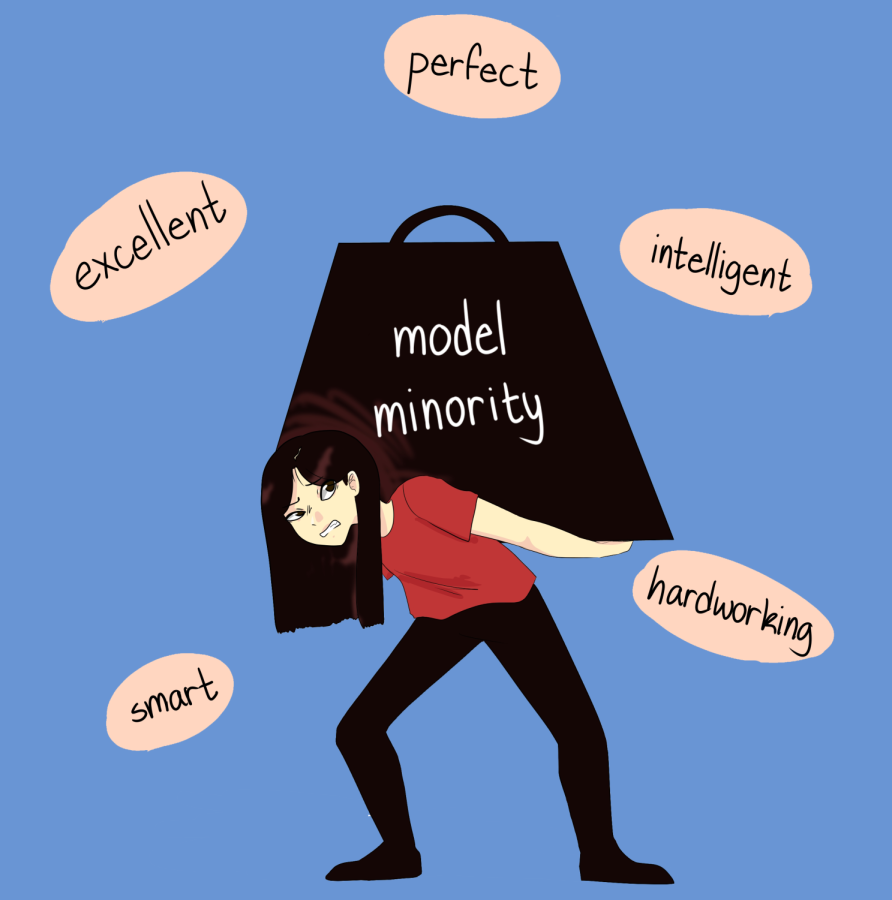
The worst thing is not the expansion of disinformation about the AAPI community, but that many Asian youths believe in these myths. Since I realized the abundance of intentional disinformation about the AAPI community, I began my journey to stop Asian hate and encourage the Asian youths around me to be confident about their cultural identity. When I invited one of my Asian friends to help me launch the first Asian American Cultural rally at school, she immediately refused my invitation: “No one would be interested in Asian cultures! It’s so awkward to participate in this rally.”
I was initially disappointed by her reaction, but then I realized that my journey to stop Asian hate involves more than simply uplifting AAPI cultures. It requires motivating other Asian youths who feel ashamed about their cultures.
Racism against Asian Americans started in the 19th century when Chinese immigrants came to the United States during the California Gold Rush. They played a vital role in building the transcontinental railroad and helped develop the agriculture, fishing, and mining industries.
In the late 19th century, the Chinese Exclusion Act was passed, banning Chinese immigrants who were seen as threats and regarded as the “Yellow Peril.” After the Japanese attacked Pearl Harbor in 1941, 122,000 Japanese citizens were unfairly forced into internment camps.
COVID-19 has spurred a rise in AAPI hatred for the last two years. Many people used the virus as an excuse to harbor racism and xenophobia toward the Asian community. For instance, the former US president, Donald Trump, claimed the virus was the Kung Flu or the Chinese virus.
It is crucial for the younger generation to explore the connection between the history of racism against the AAPI community and the current hate crimes. Jericho Abanico, a social justice coordinator at Moreau Catholic High School, is the first teacher who established the social justice curriculum. “I think the main purpose of setting up this class is to focus on more understanding of what socially happens around the world to people,” he said. “And as young folk, I believe that social justice education and curriculum are needed to plant a seed because we are training our future leaders. Eventually, people will create policy, and they will be these people who make decisions.” In addition, Laura Carther, the Coordinator of the Asian American Disinformation Table, suggests writing and sharing personal narratives instead of directly combating strangers online.

I strongly encourage each state’s Department of Education Board to establish a specific social justice or ethnic study curriculum for the next generations. At the same time, I encourage Asian youth, especially those in middle and high schools, to explore themselves profoundly and reflectively to break down stereotypes and disinformation about Asian American communities.
